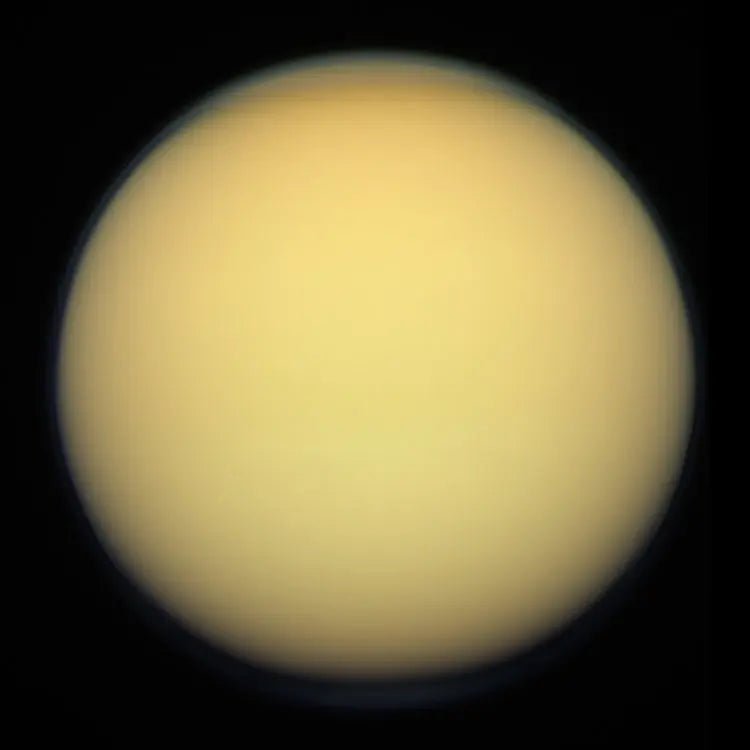The Mysteries and Marvels of Saturn's Moons
Introduction
Saturn, the sixth planet from the Sun, is perhaps best known for its stunning ring system. However, this gas giant has another fascinating feature: its diverse collection of moons. With 82 known moons, Saturn boasts a celestial family that is as intriguing as it is varied. From the icy landscapes of Enceladus to the methane lakes of Titan, each moon offers a unique glimpse into the complexities of our solar system. This article delves into the mysteries and marvels of Saturn's moons, exploring their formation, characteristics, and the scientific missions that have expanded our understanding of these distant worlds.
Titan: The Earth-like Moon
Titan, Saturn's largest moon, is often considered one of the most Earth-like bodies in the solar system. With a thick nitrogen atmosphere and the presence of liquid methane and ethane lakes, Titan has captivated scientists and laypeople alike. The nitrogen atmosphere is about where Titan's Earth-likeness ends. The presence of surface liquid methane and ethane means that the surface temperatures of -290 degrees Fahrenheit. The Cassini-Huygens mission, a collaboration between NASA, the European Space Agency (ESA), and the Italian Space Agency, provided invaluable data about Titan, including its complex weather systems and the possibility of a subsurface ocean.
Enceladus: A Moon with a Hidden Ocean
Enceladus is another of Saturn's moons that has garnered significant attention. This icy moon is known for its geysers that spew water vapor and other materials from its south pole. The Cassini spacecraft discovered that Enceladus has a subsurface ocean, making it a prime candidate for the search for extraterrestrial life. The moon's geysers are thought to be connected to this hidden ocean, and they provide a tantalizing glimpse into what lies beneath the icy surface.
Mimas: The 'Death Star' Moon
Mimas is often referred to as the "Death Star" moon due to its resemblance to the fictional space station in the "Star Wars" franchise. This moon is characterized by a massive crater named Herschel, which spans about one-third of its diameter. Mimas is primarily made up of water ice and is one of the more heavily cratered moons in the solar system.
Iapetus: The Moon of Two Faces
Iapetus is unique for its contrasting coloration: one side is as bright as snow, while the other is as dark as coal. This dichotomy puzzled scientists until the Cassini mission revealed that the dark material is likely a mix of ice and organic compounds. The moon's equatorial ridge, rising up to 13 kilometers, adds another layer of mystery to this already enigmatic moon.
Scientific Missions and Future Exploration
The Pioneer 11, Voyager 1 and 2, and Cassini-Huygens missions have all contributed to our understanding of Saturn and its moons. The Cassini mission, in particular, revolutionized our knowledge by providing detailed images and data over its 13-year mission. Future missions, such as the Dragonfly mission to Titan, aim to further explore these moons and unlock their secrets.
Conclusion
Saturn's moons are a diverse and fascinating group of celestial bodies that offer a wealth of information about the solar system's formation and potential for life. From the Earth-like conditions on Titan to the icy geysers of Enceladus, each moon presents unique challenges and opportunities for scientific exploration. As technology advances and our reach into the solar system extends, who knows what other marvels these moons will reveal?
Saturn and its moons continue to be a focus of scientific inquiry and wonder, promising to keep both astronomers and the general public looking to the skies for many years to come.

